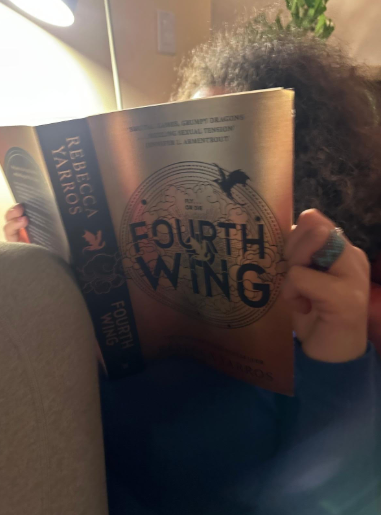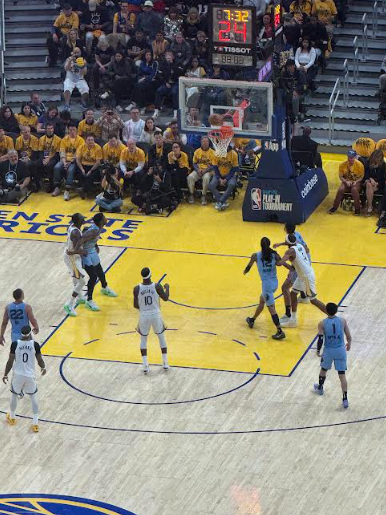I’m here to teach you all how to write and understand Roman numerals.
Let’s start.
In Roman numerals, instead of numbers we use letters as everyone should already know.
It is important since in history classes or other classes we can see these numbers, reflected above all when they mention the centuries.
The number one in Roman is “I,” two is “II,” three is “III” but four do not think that it is this IIII. This is wrong. Since this is represented in this way “I.” The reason is, in the Roman numerals any number is behind another and is greater, for example, in this case, the 4 V-I (5-1=4) is subtracted.
Then five, I think that with the example I mentioned above, everyone already knows what it is. It is this V. The letter V represents the number five. Six is like this, “VI.” In this case, we see that there is a five and a one in this number. The reason is when the numbers greater than others are after the smallest, instead of subtracting it, it is added. For example V+I (5+1=6).
Then I think you already understand more or less how the following ones should go, seven is “VII,” and eight is “VIII.” Now we enter the number nine, “IX.” This is due to the rule that I explained about subtracting I-X (10-1=9).
Now ten is the X that we saw previously since this letter alone represents the number ten.
Now we continue with the rules that we have followed. Eleven is “XI,” twelve is “XII,” thirteen is “XIII,” fourteen is just the combination of ten and four: (10+4=14), “XIV,” fifteen is “XV,” sixteen is “XVI,” seventeen is “XVII,” eighteen “XVIII,” nineteen is “XIX,” and twenty is the next, “XX,” since this is the sum of ten plus ten (10+10=20).
From this point, I think we already have an idea of what the structure is like to understand these numbers and how they are formed.
Twenty-one is “XXI,” twenty-two is “XXII,” twenty-three is “XXIII,” twenty-four is “XXIV,” twenty-five is “XXV,” twenty-six is “XXVI,” twenty-seven “XXVII,” twenty-eight is “XXVIII,” twenty-nine is “XXIX,” thirty is “XXX,” (10+10+10=30).
Thirty-one is “XXXI,” thirty-two is “XXXII,” thirty-three is “XXXIII,” thirty-four is “XXXIV,” thirty-five is “XXXV,” thirty-six is “XXXVI,” thirty-seven is “XXXVII,” thirty-eight is “XXXVIII,” thirty-nine is “XXXIX,” forty is “XL,” this according to the rule that we already know (50-10=40).
So, continuing forty-one, this “XLI,” forty-two is “XLII,” forty-three is “XLIII,” forty-four is “XLIV,” and so on until fifty which is this “L.” Fifty-one is “LI,” fifty-two is “LII,” and so on until sixty which is this “LX” according to the rule (50+10=60). Sixty-one is this, “LXI,” sixty-two is “LXII,” sixty-three is “LIII.”
I think that up to this point, we know how it works so let’s jump to the next numbers. Seventy, eighty, and ninety, which are represented like this: seventy is “LXX,” eighty is “LXXX,” and ninety is “XC,” this involves the rule of subtracting 100-10=90. Ninety-one is “XCI,” ninety-two is “XCII,” and so on.
One hundred, we already saw what this is “C.” According to what we saw, already having this we have an idea of what the basis is for knowing the rest of the numbers. For example, 128 is “CXXVIII,” 152 is “CLII,” 134 is “CXXXIV,” 165 is “CLXV,” and I think we already understand the base to know any number that has to do with one-hundred. So, we go directly with 200 which is “CC,” and we do the same as with the base of one-hundred. For example, 243 is “CCXLIII” and 204 is “CCIV,”.
Now 300 we all know that it will be represented like this “CCC.” Now 400 is “CD.” This one with the subtraction base 100-500=400. Now seeing this, we know that 500 is “D.” Now 600 is “DC,” 700 is “DCC,” 800 is “DCCC,” and 900 is next “CM.” This is based on the subtraction of 100-1000=900.
Now we all know 1000 is this “M.” With this, let’s go to some examples. 1345 is “MCCCXLV,” 1256 is “MCCLVII,” and 1888 is “MDCCCLXXXVIII.” This is all we need to know to count up to 1000 (M).
Based on everything we saw previously, we will know the basis for the numbers below. 2000 is “MM,” 3000 is “MMM.”
I want to teach these numbers so that we know a little about everything and the day someone asks us, “How would you say one hundred in Roman numerals?” we will not be left without being able to answer. Another piece of advice that I give is that we should learn everything we can since knowledge is the most important thing for us as people.
It would be great if they taught Roman numerals in schools in the United States since it is something interesting to learn. Especially for people who like to travel. One of the most beautiful countries is Italy and there, you will see many watches that have these numbers.
I learned these numbers when I was going to school in Venezuela. I love these numbers, I learned them in third grade and they helped me get an “A” grade at that time academically. Also, when a person asks me, “Hey, how do you say 465 in Roman numerals?” I don’t look like an ignorant person.



























